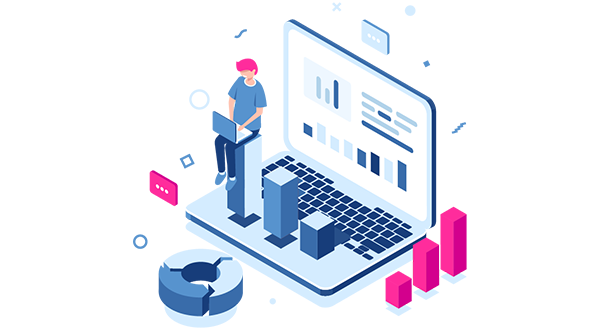

mLogica Thought Leaders: Moving to the Cloud—Factors That Determine Success or Failure

Satya Bhandary, mLogica S.V.P. and Global Head – Modernization.AI
Cloud computing is the new normal for enterprises that want to stay competitive. Benefits like agility, scalability, flexibility and cost control are key reasons cloud platforms have become the favored computing model for many companies. Technology advances such as big data analytics, artificial intelligence (AI) and enhanced microservice architecture have convinced even the most traditional organizations that cloud computing is the only path forward.
While for many companies the idea of migrating legacy business-critical applications to the cloud can be daunting, in 2023 Gartner forecast continued major investment in IT for 2024, led by a 20.4% jump in global spending on public cloud services. A separate Gartner report projects a 73% increase in cloud investment by CIOs. The bottom line: Every day you hesitate, your competition’s edge widens.
What Are the Factors That Ensure Cloud Migration Success?
An organization-wide initiative, cloud migration requires a rigorous assessment of your company’s current and future technology needs—as well as all the tools, resources and partners required to transition applications and workloads securely and cost-efficiently. These include:
An End-to-End Migration Roadmap
A well-defined plan is essential for minimizing any business impacts of cloud migration while maximizing benefits. This includes creating an inventory of the existing systems that details every component, including applications, databases, supporting tools and technologies, as well as the migration-readiness of each.
The LIBER*DAHLIA module of mLogica’s LIBER*M Mainframe Modernization Suite performs such a highly detailed, targeted assessment of the entire legacy application environment, discovering all technologies that have accrued to the system over the decades. Each tool and application is then analyzed to determine their suitability for cloud migration, ensuring no project-delaying surprises.
Adopting a phased approach, in which non-essential components are transitioned first, followed by mission-critical applications and workloads, offers the most controlled, secure methodology to migrate each component while minimizing operational risks, disruptions and downtime.
Analyze Relationships Between Key Applications
Your business applications are the lifeblood of your organization, supporting daily, mission-critical operations. Therefore, prior to migration, core applications must be analyzed for existing issues, dependencies and risk factors to ensure seamless operation of critical systems during transition and once in the cloud.
The overall structure of the existing business applications must also be analyzed against the end-state architecture to assess its compatibility with the destination cloud platform and determine where code changes may be required for functionality or to enhance performance. Since many organizations don’t have a deep bench of legacy and cloud technology experts on staff, mLogica offers a wide array of specialists and cloud migration services to ensure a seamless, secure transition.
Automation Ensures Faster, More Accurate Cloud Migrations
Using human resources to convert (refactor) business applications to work on a new cloud platform is a time-consuming process rife with project-delaying errors. By contrast, automated, GenAI-driven conversion tools expedite high volume code translation tasks, making migration faster, more accurate and more cost-effective.
mLogica’s automated, GenAI-powered LIBER*M Mainframe Modernization Suite and STAR*M Distributed Workload Modernization solutions dramatically accelerate this code conversion process while reducing the need for time- and cost-intensive manual interventions.
Ensuring Performance at Each Point in the Process
Another key best practice is the establishment of monitoring KPIs (key performance indicators) to track progress throughout every phase of the transition. Such checks, which provide critical insights into performance throughout the project, can uncover issues before they become major headaches.
Monitoring KPIs allow leaders and stakeholders to identify and proactively address any issues or bottlenecks that may impede progress. This data-driven approach optimizes the refactoring and replatforming processes and helps provide a seamless end user experience during and after migration.
Rigorous Testing of Your New Cloud Environment
To gain a complete picture of workload performance in the cloud, it’s necessary to determine the baseline performance of all applications and databases prior to migration, so it can be compared with post-migration operational thresholds. Once applications and databases are transitioned, comprehensive testing and QA (quality assurance) procedures must be executed to validate optimal performance on the destination platform.
Establish a Clear Cloud Governance Policy
Essential for secure data flow, a robust cloud governance framework supports processing of sensitive information by defining standards, roles and responsibilities and strictly limiting access based on job role, allowing stakeholders to control data usage and security. A good governance framework supports resource management, disaster recovery and cost optimization while improving collaboration and communication among all users and stakeholders.
Preparation Pays Off
Cloud migration is complex, but following the above best practices and working with an experienced, expert migration team can substantially mitigate your risks. The good news? A successful digital transformation allows your organization to free itself from the constraints of legacy technologies and embrace the flexibility, scalability and cost savings of the cloud.








































